Developer Ace Power has received federal environmental clearance for its Eastern Hub Firming Battery, a proposed 1,000 MW battery energy storage system with up to 8,000 MWh of capacity, being developed in the New England Renewable Energy Zone (REZ).
The project was earlier this month granted a ‘not a controlled action’ decision under the Commonwealth’s Environment Protection and Biodiversity Conservation (EPBC) Act.
The ruling allows the project to proceed without a full federal assessment, a significant milestone that de-risks its development timeline. The decision was based on the project’s location on just over 102 hectares of primarily cleared agricultural land near Uralla in the Northern Tablelands, some 450 kilometres north of Sydney.
The battery energy storage system (BESS) is specified with a four-to-eight-hour duration, signalling a strategic focus on energy arbitrage and long-duration firming capacity rather than solely on grid frequency services.
The battery is the $1.6 billion (USD 1 billion) anchor project for the larger Hillview Energy Hub, which is also planned to include co-located 250-300 MW solar farm(s) and a 200-300 MW wind farm, though the BESS is designed to operate independently. It is designated as a State Significant Development and will now proceed through the NSW planning process.
The BESS is located within the New England REZ, one of five being planned for the state. The REZ aims to deliver 8 GW of additional network capacity, supporting renewable energy generation technologies such as solar and energy storage.
The approval adds to Sydney-headquartered Ace Power’s rapidly growing portfolio of large-scale storage assets across Australia, which includes the recently approved 3,600 MWh Nebo BESS and the 500 MW Raglan BESS, both in Queensland.
Earlier this month Ace secured Western Australian government approval for the $400 million Narrogin Solar Farm and battery hybrid project being developed in the state’s Wheatbelt. That project is to include a 200 MW / 400 MWh battery alongside a 200 MW solar farm.
This content is protected by copyright and may not be reused. If you want to cooperate with us and would like to reuse some of our content, please contact: editors@pv-magazine.com.
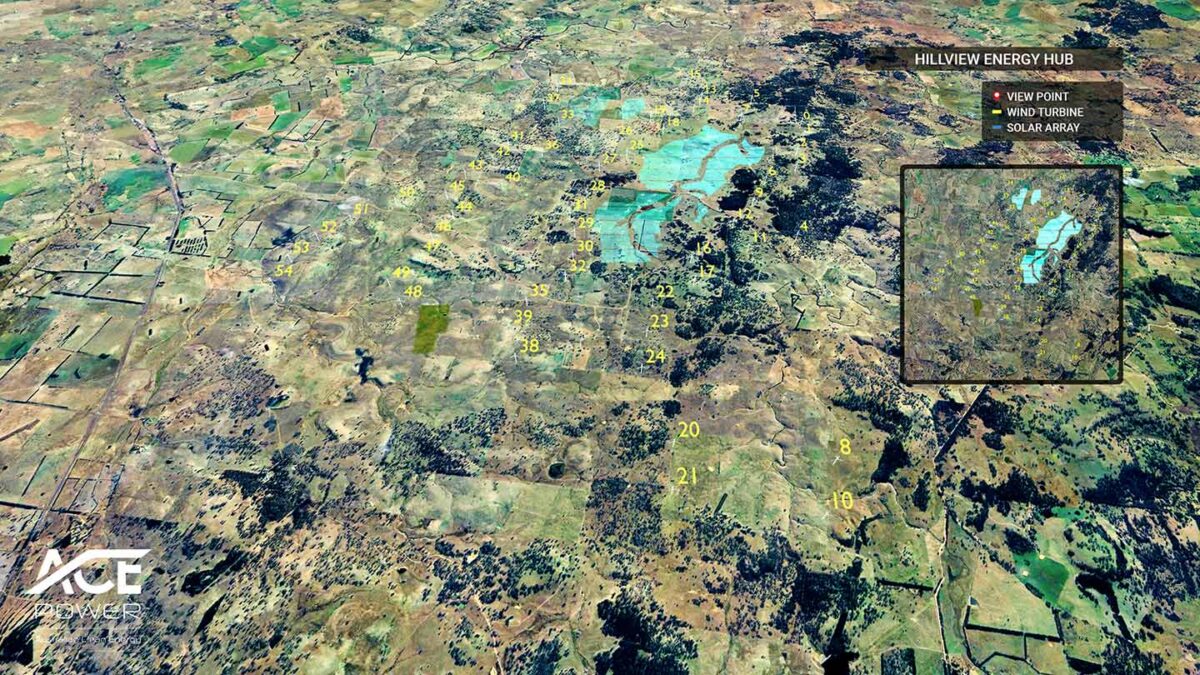
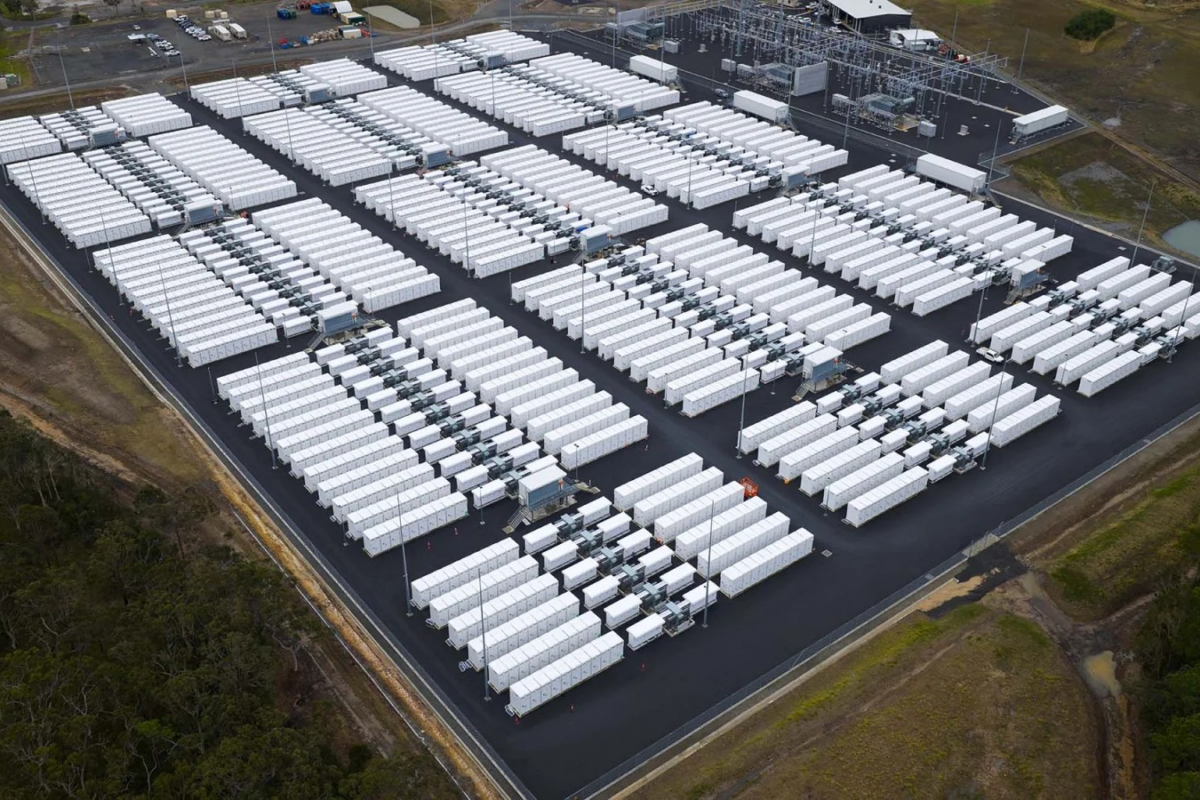


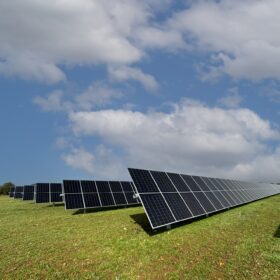
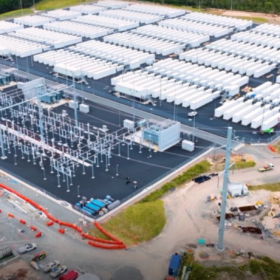
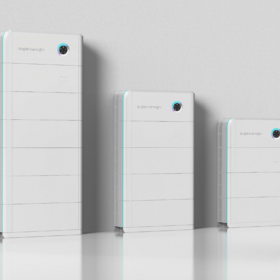
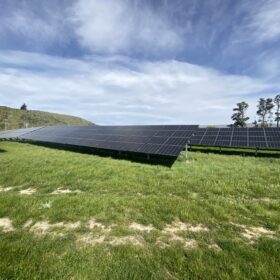

Will the batteries and related materials be transported from the Port of Newcastle by rail?